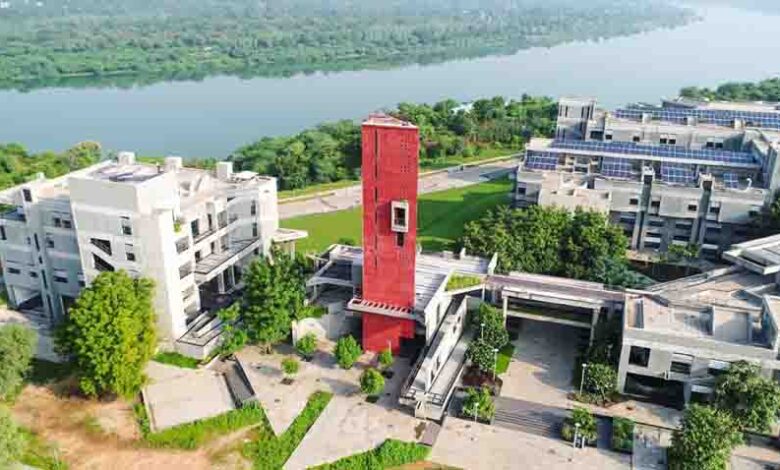
New model to assess heavy rainfall-induced road damages
New Delhi, 26 Oct.: Incessant monsoon rains, floods, landslides, and associated debris flows on highways in different parts of the country cause severe infrastructural damage, casualties, and socio-economic disruptions.
Researchers at the Indian Institute of Technology (IIT) Gandhinagar have developed an integrated predictive model to accurately understand and assess the real magnitude of heavy rainfall-induced damages in road transport networks. This hazard model can help administrators identify the ‘hotspots’ to be reinforced and protected to avoid highway flooding and minimise losses.
The research team used satellite imageries, ingeniously developed landslide and debris flow models, and state-of-the-art flood prediction models to predict the occurrence time and geographical locations that have a high susceptibility to the simultaneous occurrence of flooding, landslide and debris flow events after heavy rainfall episodes. It also predicts the magnitude of infrastructure disruptions that may happen due to landslides, debris flows, and floods in those regions.
As a part of the study, the researchers reconstructed the sequence of events that unfolded in the Periyar river basin in Kerala in 2018 and quantified the exact magnitude of connectivity losses as a consequence of events triggered by once in 100 years rainfall.
A high-resolution Digital Elevation Model (DEM) overlaid by the road network of the terrain and daily precipitation data analyses the shallow landslides, debris flow, and gauges reservoir discharge data for flood inundation. The occurrence timing (temporal), location (spatial, hotspot pixels), and magnitude of infrastructure disruptions provided by this model are predicted using iterative numerical calculations based on equations of force, moment equilibrium and fundamental conservation laws (mass and momentum balance).
Prof Udit Bhatia, Assistant Professor of Civil Engineering at IIT Gandhinagar, said, “The first step in the direction of enhancing resilience is to understand the risk well for pre-disaster preparedness and post-disaster recovery. The results of our modelling framework show that we could underestimate the functionality losses by 70% if we do not take into account the concurrence of extreme events, which in turn, can undermine our disaster preparedness.”
Adding further, Prof Bhatia said, “When we look at the road transportation systems within the region, we end up with thousands of intersections and hundreds of thousands of road segments. Hence, no stakeholder can give the same priority to each infrastructure element in systems with such a high complexity. Our patented complex network framework in combination with our recently developed hazard model used in this study helps us identify the ‘hotspots’ which should be reinforced and protected to minimise the societal and economic disruptions.”

This study identifies the least to most weak links (hotspot pixels) within a road network and helps in deciding the locations of road segments that need strengthening. The landslide model also takes into account the existing vegetation cover, land use characteristics, water flow characteristics, and binding properties of the soil. All these parameters are fed into their mathematical model to calculate the slope stability at each pixel. On the other hand, this model can also estimate the effect each stabilisation effort (e.g. changes in vegetation, reinforcements at each location) would have on the slope stability.
The proposed framework can be applied to any region across the globe wherever necessary observations are available for model calibration and validation, IIT Gandhinagar statement said.
Apart from Professor Udit Bhatia; the research team included Raviraj Dave and Srikrishnan Siva Subramanian. They have published their study in Environmental Research Letters, an international interdisciplinary journal published by the Institute of Physics, headquartered in the United Kingdom. (India Science Wire)



